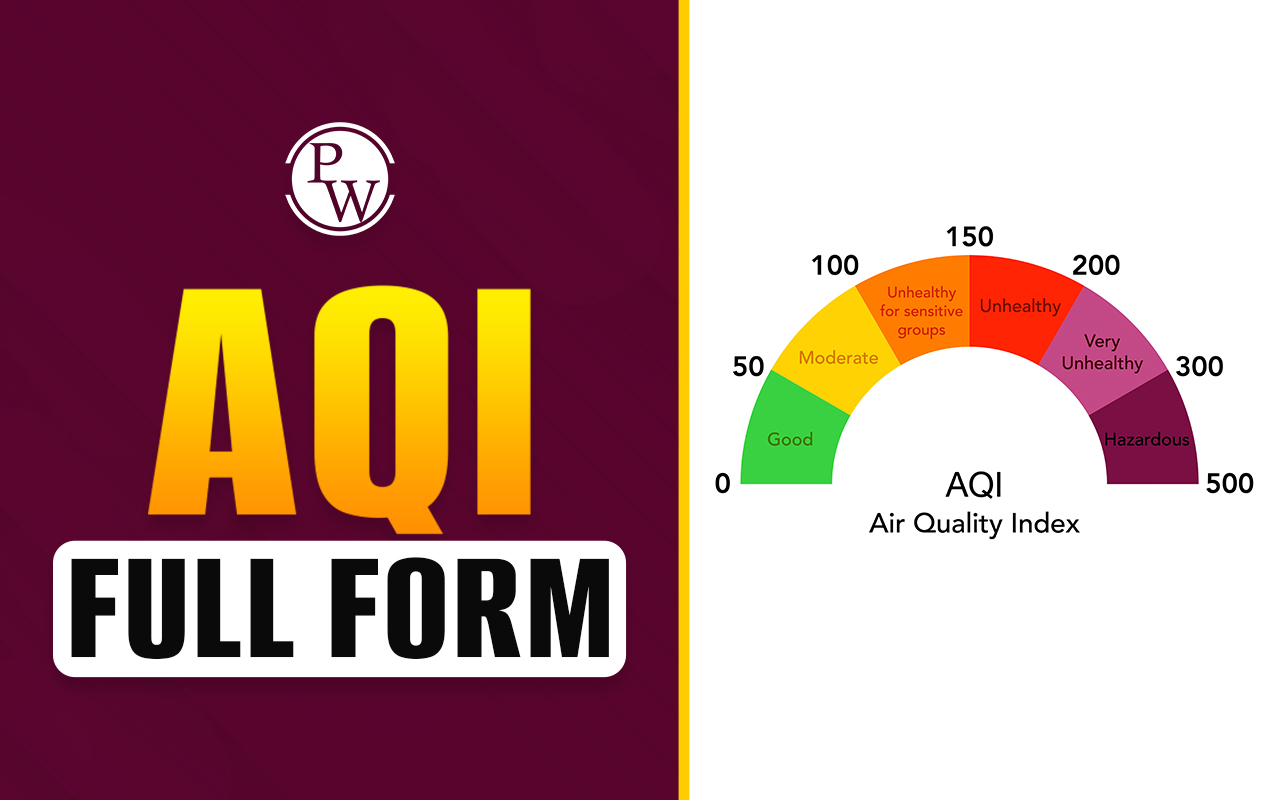
The full form of TCP is “Transmission Control Protocol," and the full form of UDP is User Datagram Protocol. These are the main components of the Internet for transmitting data between devices and networks.
TCP is a reliable, connection-oriented protocol that ensures data is transmitted in order and without loss. On the other hand, UDP is a simpler, connectionless protocol. It sends individual packets of data, called "datagrams," from one computer to another without requiring a prior connection.
Transmission Control Protocol (TCP)
Transmission Control Protocol was first developed in the early 1970s by a team of researchers from the Defense Advanced Research Projects Agency Network. It is very famous and is used as a communication protocol in computer networks. TCP provides reliable, ordered, and error-checked delivery of data between applications running on hosts communicating over an IP network.
Moreover, it checks that the data sent between two devices is delivered in the correct order, with no data loss or duplication. Thus, it is used in applications that demand high security, like email, file transfer, and web browsing.
Working of the Transmission Control Protocol
TCP establishes reliable and error-free communication between the Internet protocol and the application program. Now, let us mention how does Transmission Control Protocol works:
TCP establishes a connection between two hosts by exchanging a series of control messages. Once the connection is established, data can be transmitted between the two hosts. TCP divides the data into segments, each with a sequence number and acknowledgement number.
TCP includes mechanisms to control the flow of data between the two hosts. When the receiving host cannot keep up with the incoming data, it sends a message to the sending host requesting that it slow down.
TCP also includes mechanisms to control the amount of data that is sent on the network at any given time. After each segment is transmitted, the receiving host sends an acknowledgement message back to the sender to confirm receipt of the segment. Once the communication is complete, the hosts exchange a series of control messages to terminate the connection.
User Datagram Protocol (UDP)
David P. Reed proposed UDP in the 1980s as a new transport protocol that would be faster and more efficient than TCP for certain applications. UDP is a connectionless protocol used for transmitting data over the internet. Unlike TCP, it does not establish a connection before sending data and does not ensure the delivery of data packets.
Since it is a simple protocol with low overhead, it is ideal for use in situations where speed is more important than reliability. Thus, UDP is commonly used for real-time applications, such as online gaming or video conferencing, where a small amount of data loss is acceptable in exchange for faster transmission speeds.
Working on the User Datagram Protocol
The User Datagram Protocol is a simple and connectionless transport layer protocol that provides datagram-oriented communication over IP networks. Here is how UDP works-
First, the process starts with the creation of a UDP packet that consists of a header and a payload. Once the packet is created, it is transmitted to the destination using the Internet Protocol (IP). Also, UDP does not establish a connection with the recipient before sending packets, so the packets can be sent immediately.
The destination checks for errors using the checksum in the header when it receives a UDP packet. In this step, the destination discards a corrupted packet. If the packet is error-free, the payload is extracted and delivered to the application that is waiting to receive it. UDP does not ensure that packets will be delivered in the correct order or at all. It is up to the application to handle these issues if they arise. UDP doesn’t even specify or confirm the delivery of datagrams.
Differences Between TCP and UDP
Even though both TCP and UDP are protocols involved in data transmission in packets between hosts, there are numerous differences between both protocols. Some of them include:
TCP Establishes a Prior Connection
TCP establishes a connection between the sender and the receiver before exchanging data. This connection provides a reliable and ordered data stream. In contrast, UDP does not establish a connection before transmitting data. In UDP, packets are sent immediately. However, this connectionless transfer can result in a small amount of packet loss.
TCP is More Reliable Than UDP
TCP is a more reliable protocol as it guarantees the delivery of data by providing mechanisms such as error detection, retransmission of lost packets, and flow control. But, on the other hand, UDP is an unreliable protocol that does not provide any of these mechanisms. It is the responsibility of the application to tackle issues like packet loss, duplication, or arrival out of order.
TCP has a Sequence
TCP uses port numbers to check the application process. It connects with the remote host through sequence numbers. However, UDP doesn’t follow the same process. The transfer of data packets has no fixed order and happens independently.
UDP is Faster than TCP
UDP is faster than TCP because it does not require the overhead of establishing a connection, maintaining a session, and performing error detection and retransmission of lost packets. In the event of data corruption in TCP, it will restart the connection again. But UDP leaves the corrupted packet and moves to the next one.
[wp-faq-schema title=" Full Form of TCP and UDP FAQs" accordion=1]Q1. Can TCP and UDP be used together?
Q2. Which transport layer protocol is a combination of UDP and TCP?
Q3. What is the difference between TCP and UDP?










